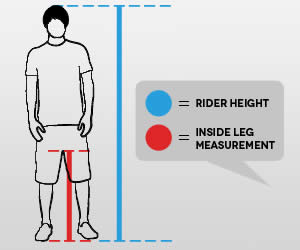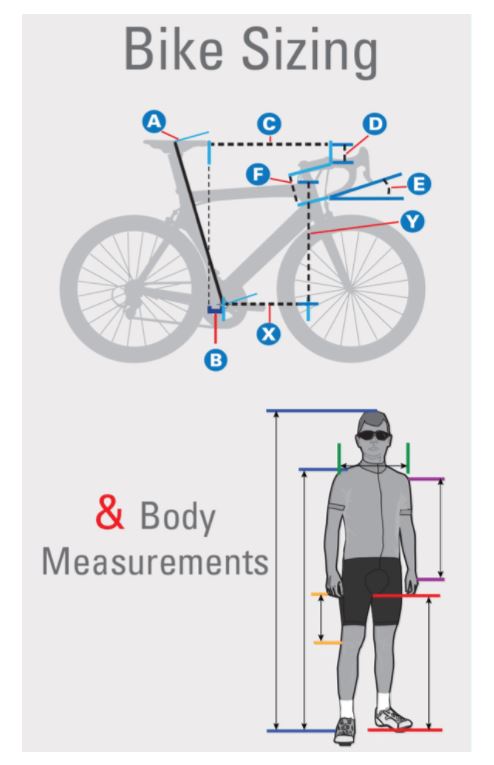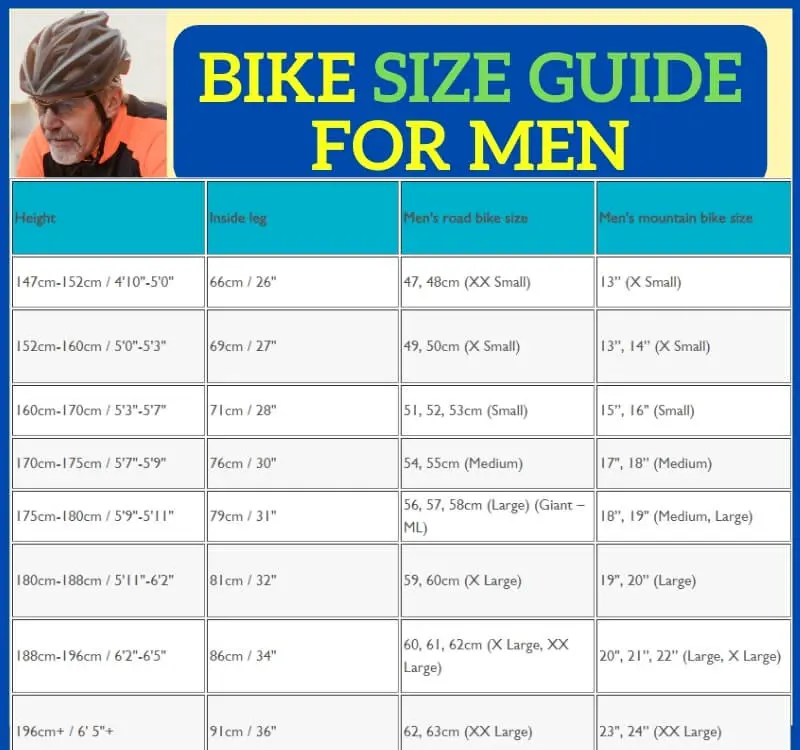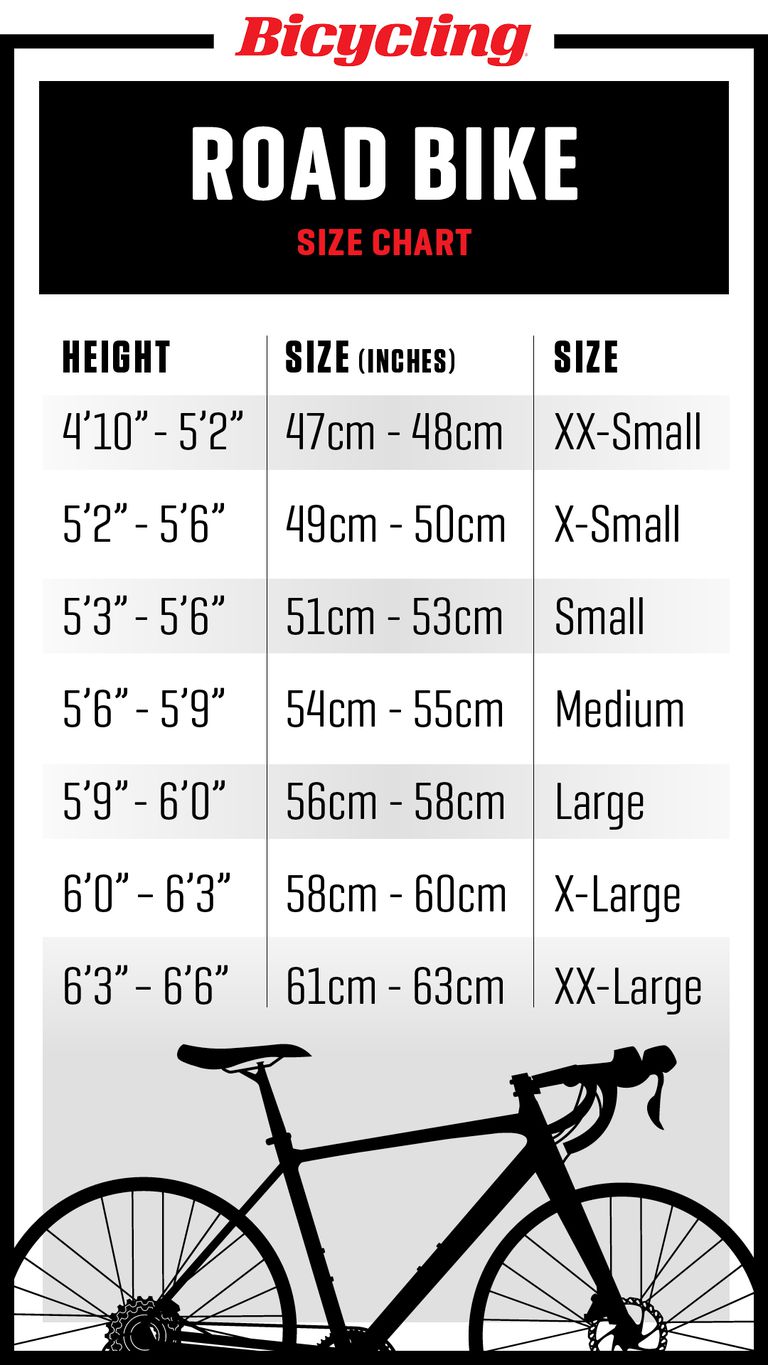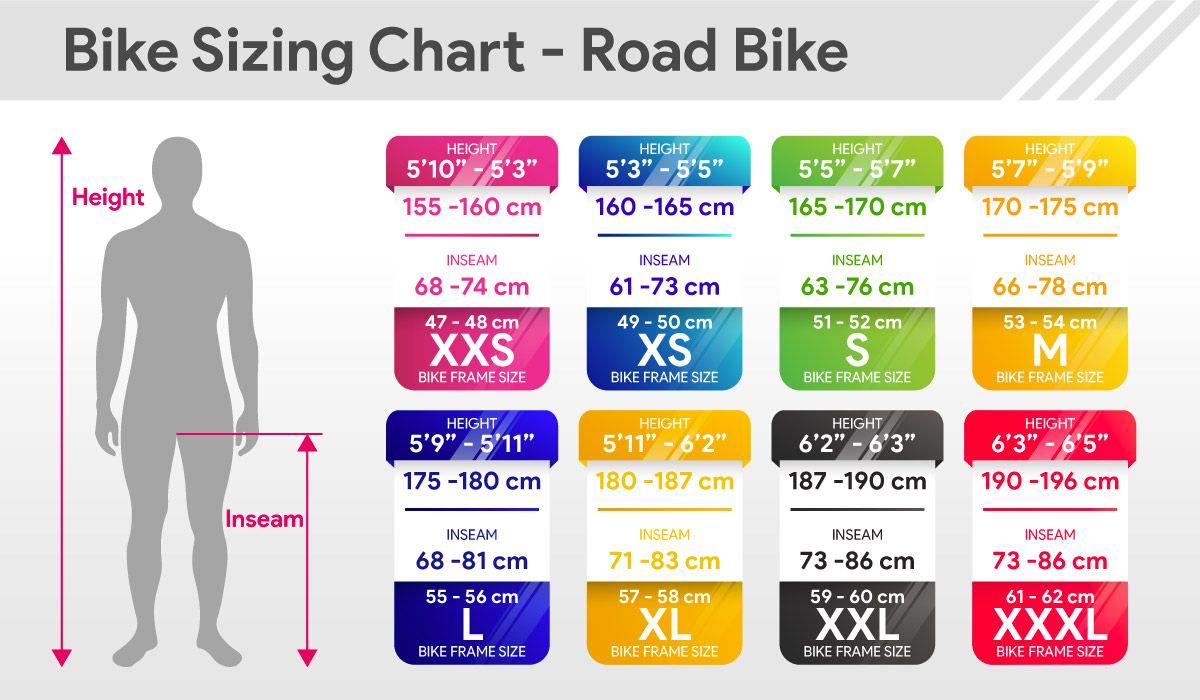Why Bike Sizing Matters for a Comfortable Ride
Proper bike sizing is crucial for men who want to enjoy a comfortable and efficient ride. A bike that fits well can make all the difference in a cyclist’s performance and overall experience. When a bike is too small or too large, it can lead to discomfort, fatigue, and even injury. In fact, a study by the National Institute for Occupational Safety and Health found that improper bike fit is a leading cause of cycling-related injuries. By understanding men’s bike size charts and selecting a bike that’s tailored to their body type and riding style, cyclists can improve their overall cycling experience, increase their efficiency, and reduce their risk of injury. Whether you’re a seasoned cyclist or just starting out, taking the time to find your perfect fit can make all the difference in your riding experience.
Understanding Your Body Type: Measuring for the Right Fit
To find the perfect bike size, it’s essential to take accurate body measurements. This will help you determine your ideal bike size and ensure a comfortable, efficient ride. There are three key measurements to take: inseam, arm length, and torso length. Inseam is the distance from the floor to the top of the inner thigh, arm length is the distance from the shoulder to the wrist, and torso length is the distance from the shoulder to the hip. To take these measurements, stand against a wall with your feet shoulder-width apart and use a tape measure to record the distances. Once you have these measurements, you can refer to a men’s bike size chart to find the corresponding bike size. By taking the time to measure your body accurately, you can ensure a perfect fit and enjoy a more comfortable, efficient ride.
How to Choose the Right Bike Size for Your Riding Style
When it comes to selecting a bike size, riding style plays a significant role. Different types of riding require different bike sizes and geometries to ensure a comfortable, efficient ride. For road biking, a smaller bike size with a more aggressive geometry is often preferred, as it allows for quicker handling and better aerodynamics. Mountain biking, on the other hand, requires a larger bike size with a more upright geometry, as it provides more stability and control on rough terrain. Commuting and casual riding often fall somewhere in between, with a focus on comfort and practicality. To choose the right bike size for your riding style, consider the type of riding you’ll be doing most often and look for a bike that’s specifically designed for that style. Refer to a men’s bike size chart to find the corresponding bike size based on your body measurements and riding style. By taking into account your riding style, you can find a bike that’s tailored to your needs and preferences, ensuring a more enjoyable and efficient ride.
Deciphering Bike Size Charts: A Step-by-Step Guide
Using a men’s bike size chart can seem overwhelming, but it’s a crucial step in finding the perfect bike size. To decipher a bike size chart, start by identifying your body measurements, including inseam, arm length, and torso length. Next, refer to the chart and find the corresponding bike size based on your measurements. Pay attention to the different columns and rows, which often represent different bike models, sizes, and riding styles. Look for the intersection of your measurements and the recommended bike size. For example, if you have an inseam of 32 inches, an arm length of 24 inches, and a torso length of 20 inches, the chart may recommend a bike size of 56cm. Be sure to read the chart’s instructions and notes, as some brands may have specific sizing recommendations or variations. By following these steps and using a men’s bike size chart, you can find the perfect bike size for a comfortable, efficient ride.
Top Brands and Their Sizing Charts: A Comparison
When it comes to selecting a bike, understanding the sizing charts of top brands can be a crucial factor in finding the perfect fit. Trek, Specialized, and Giant are three of the most popular bike brands, each with their own unique sizing charts. Trek’s sizing chart, for example, takes into account inseam, arm length, and torso length to recommend a bike size. Specialized, on the other hand, uses a more complex algorithm that considers a range of body measurements, including height, weight, and riding style. Giant’s sizing chart is more straightforward, with a focus on inseam and height. By comparing and contrasting these sizing charts, men can make informed decisions when selecting a bike size. For instance, a rider with a 32-inch inseam may find that Trek recommends a 56cm bike size, while Specialized suggests a 58cm bike size. By understanding these differences, riders can find the perfect bike size for their body type and riding style, ensuring a comfortable and efficient ride. Refer to a men’s bike size chart to find the corresponding bike size based on your body measurements and riding style.
Common Mistakes to Avoid When Choosing a Bike Size
When selecting a bike size, men often make common mistakes that can lead to discomfort, inefficiency, and even injury. One of the most common mistakes is relying solely on height or weight to determine bike size. However, this approach can be misleading, as body proportions and riding style also play a crucial role in finding the perfect fit. Another mistake is failing to consider the type of riding intended, such as road biking, mountain biking, or commuting. Each style requires a specific bike size and geometry to ensure optimal performance and comfort. Additionally, men may overlook the importance of test riding a bike before making a purchase, which can lead to a poor fit and disappointing riding experience. To avoid these mistakes, it’s essential to consult a men’s bike size chart, take accurate body measurements, and consider riding style and preferences. By doing so, men can find a bike size that meets their unique needs and ensures a comfortable, efficient ride.
Test Ride and Adjust: Fine-Tuning Your Bike Fit
Once you’ve narrowed down your bike size options using a men’s bike size chart, it’s essential to test ride the bike to ensure a comfortable, efficient fit. This step is crucial, as it allows you to fine-tune the bike’s fit to your unique body proportions and riding style. During the test ride, pay attention to how your body feels on the bike. Do you feel comfortable and relaxed, or are you experiencing discomfort or strain? Make adjustments to the saddle height, handlebar height, and pedal position to find the perfect fit. Don’t be afraid to ask for guidance from a professional bike fitter or sales associate, as they can provide valuable insights and help you make adjustments. By test riding and adjusting your bike, you can ensure a comfortable, efficient ride that will keep you coming back for more. Remember, a well-fitting bike is not only more comfortable, but it can also improve your performance and reduce the risk of injury.
Conclusion: Finding Your Ideal Bike Size for a Lifetime of Riding
In conclusion, finding the perfect bike size is a crucial step in ensuring a comfortable, efficient, and enjoyable riding experience. By understanding the importance of proper bike sizing, taking accurate body measurements, and considering riding style, men can narrow down their bike size options using a men’s bike size chart. Additionally, test riding and adjusting the bike fit can fine-tune the bike to individual needs. By avoiding common mistakes and considering the unique sizing charts of popular bike brands, men can make informed decisions and find their ideal bike size. With the right bike size, men can experience improved comfort, increased efficiency, and reduced risk of injury, leading to a lifetime of enjoyable riding. Take the next step in finding your perfect bike size today and start riding with confidence and comfort.


.jpg)
